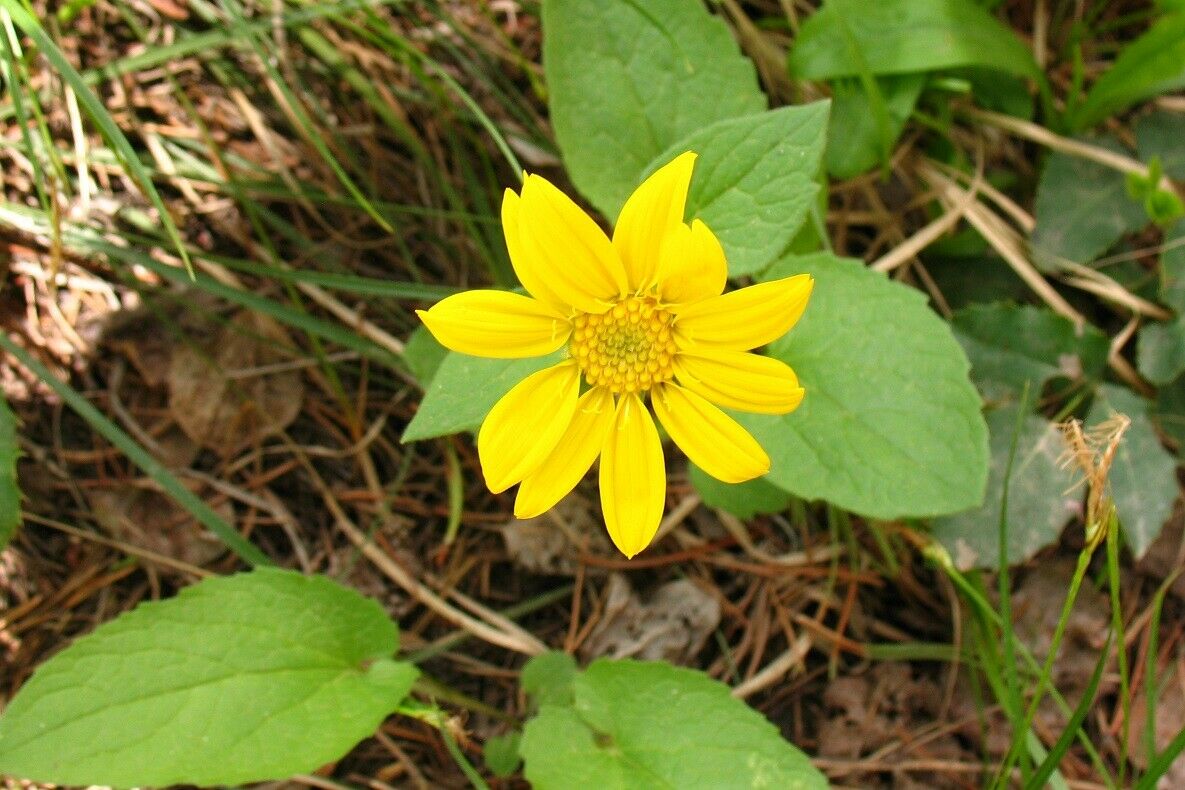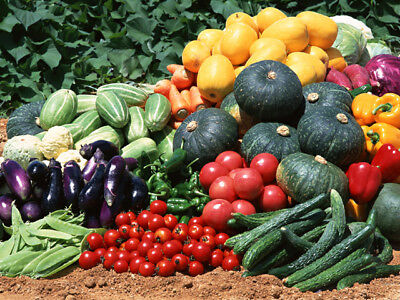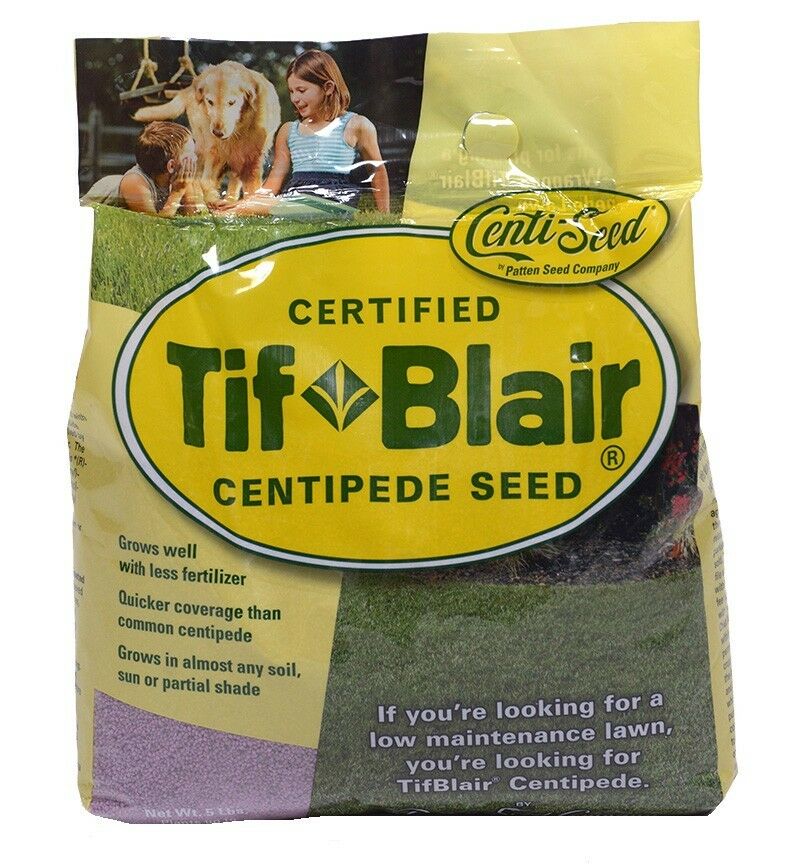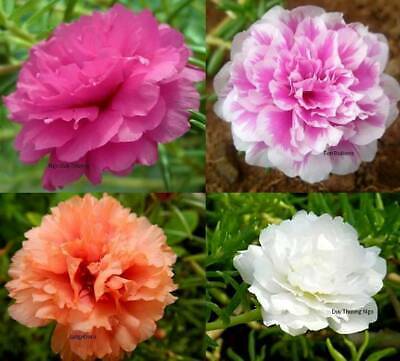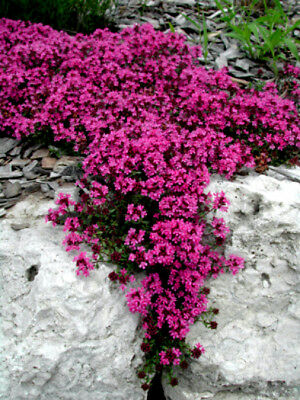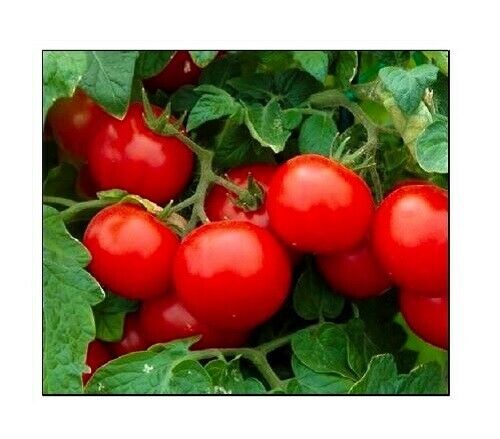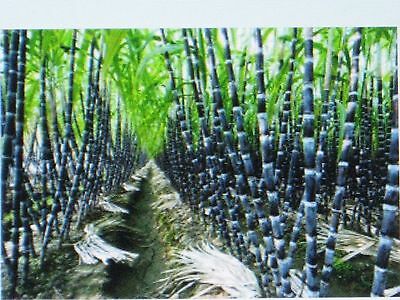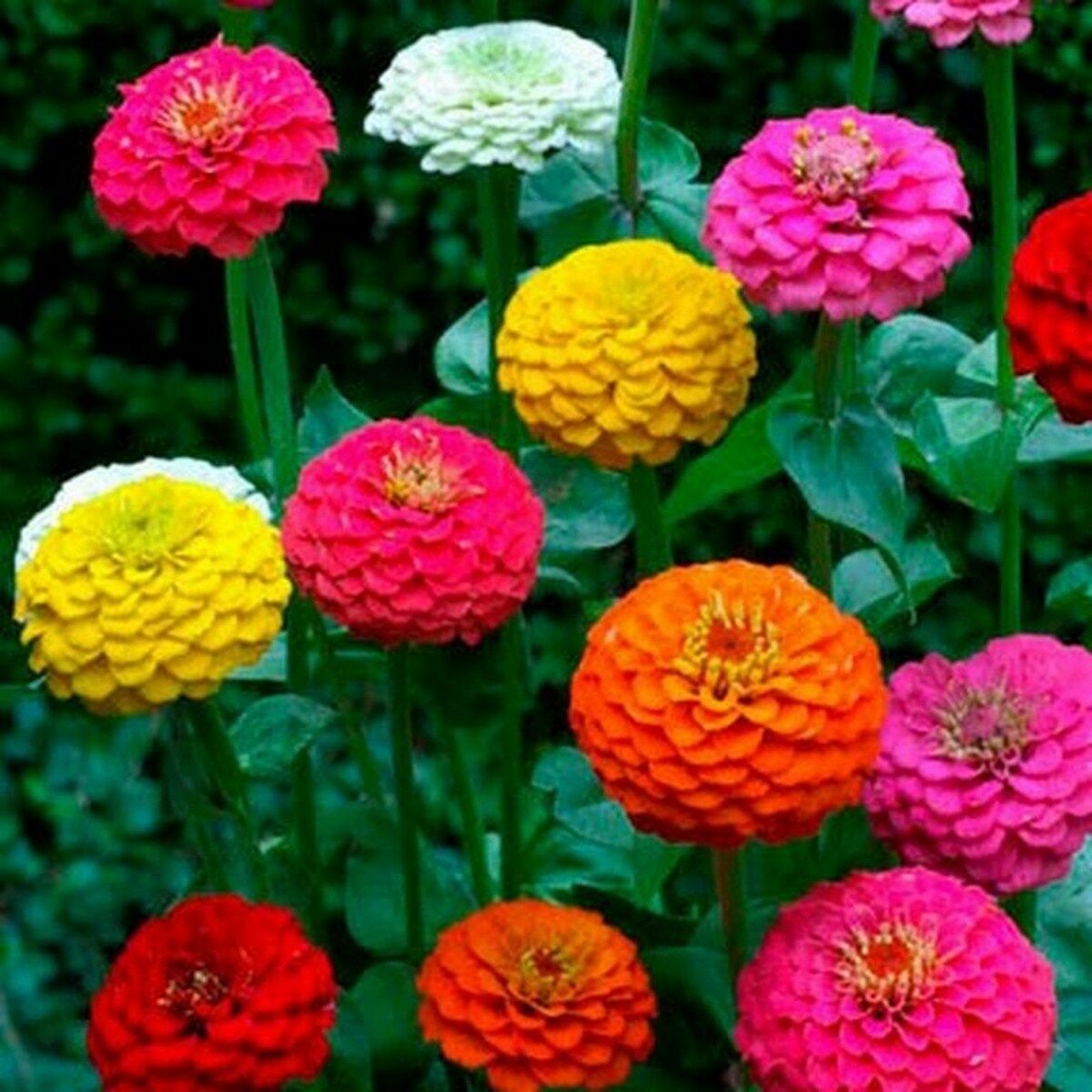-40%
Heartleaf Arnica (Arnica cordifolia) Seeds 25+
$ 1.97
- Description
- Size Guide
Description
Arnica cordifolia can also be recognized by its single (occasionally 2-3) large and showy flower head of bright yellow petal-like ray flowers surrounding a central cluster of small, yellow tubular disk flowers. Heartleaf arnica is one of the most widespread of the arnicas in North America, occupying forests, thickets, and stream sides in the mountains from Alaska and western Canada to central California, Arizona, and New Mexico (with isolated populations in Michigan). Arnica is commonly used in alternative medicine for the treatment of bruising, pain, myalgia (muscle soreness), and arthralgia (joint aches).
As with most species, Heartleaf Arnica (Zones 3 - 5) prefer higher elevations and temperate climates. The seeds usually take about a month to germinate, but in some instances, it may take much longer. Sow the seeds in early spring in a shallow tray or another suitable container in a mixture of equal parts loam, peat, and sand. Push the seeds lightly below the surface of the growing medium and keep it moist. It is best to place them in a cool place with indirect sunlight because the seeds need a chilling period to germinate. The seedlings can be transplanted outdoors when the danger of frost has passed.
